It was the exact moment when lead actors George MacKay and Dean-Charles Chapman appeared on screen, that there was no escape from facing World War I yourself, because the whole atmosphere drags the audience into a claustrophic swirl which takes your breath. Award winning director Sam Mendes (“American Beauty”) based his newest picture on a story by his own grandfather, which tightly constrained that the plot is less of a concern to him than his eagerness to evoke the eerie mood of despair engulfing the conflict. He chose his two lead actors George MacKay and Dean-Charles Chapman, who play the brave soldiers Schofield and Blake out of the reason that both are still rising talents, that not many people have seen on screen before. With this element he wanted to achieve, that those two young men don’t look too familiar to the audience, instead they work as a substitute to make us believe that they were anonymous soldiers who had to serve at the front. The two of them are spurred into action when a general (Colin Firth) commands them to inform a nearby battalion that their planned attack on the German line will result in a massacre. The emotional twist is that Blake’s older brother is one of the soldiers in the group, giving the duo an even greater sense of urgency as they maneuver through the dangers of enemy territory.
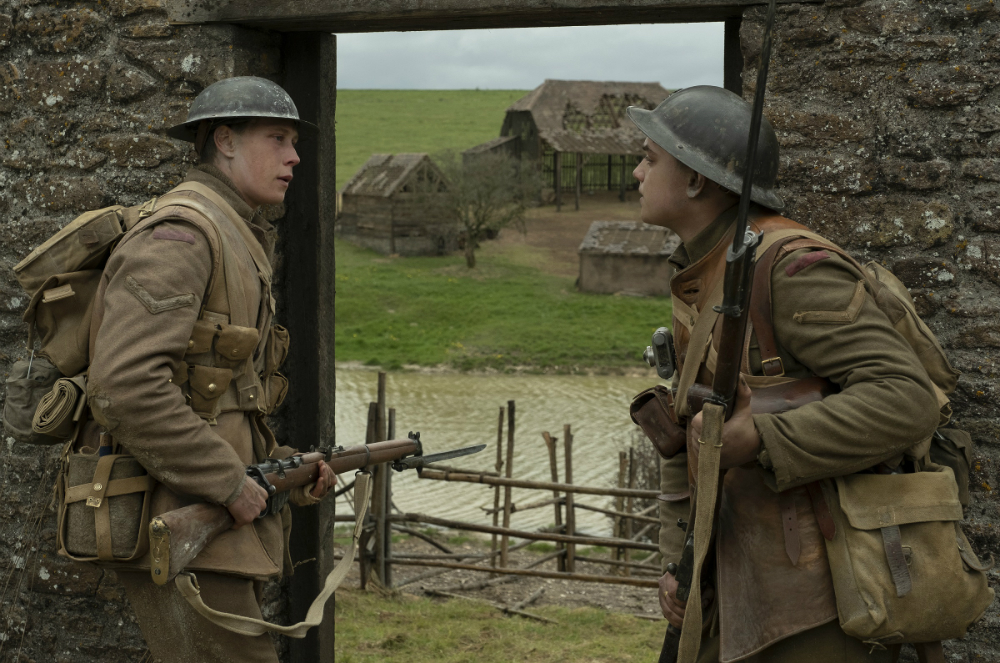
Sam Mendes knowns the simple way of telling a story and that is enough to hammer home the consequences and risks that Blake and Schofield have to take, in order to succeed their mission and prevent the loss of over a thousand lives. This makes “1917” a danger-filled journey with the physical reality and an expressive essence, in which each of the images of war have a powerful visual impact. Because the plot of the movie takes place on a single day and describes a journey aimed at reaching a specific destination, Mendes chose to direct it while creating an illusion that it was filmed in one continuous shot. This is not misleading, because Mendes does not actually conceal the fact that the movie was not shot continuously. Indeed, we are aware of those moments when its various parts are attached to one another, without it being obvious.
This makes “1917” into an absolute technically marvelous and harrowing examination of World War I’s haunting status as the originator of our cultural anxiety over the possible end of life as we know it. Again partnering with frequent collaborator and cinematographer Roger Deakins, who recently won his first Oscar for his cinematography in “Blade Runner 2049” by Denis Villeneuve, Mendes’ captures the apocalyptic dread of the conflict in a way that stands as a testament to Deakins’ skill and his status as one of our finest living cinematographers. His knowledge of using the camera makes it able to put you in trenches with these men, who have to face such horrible things. But on the other hand Deakins absurdetely establishes to captures scenarios such as the First World War in the most hauntingly beautiful way. One can go that far and say, that some of his photographs will go down in the Hall of Fame of Best Captured Movie Shots ever.

The whole construct is completed with a perfectely detailed production design and Thomas Newman’s score, which is simultanously urgent, suspenseful, quiet and grand whenever the moment calls for it. The performances by George MacKay and Dean-Charles Chapman are so phenomenal and deeply care for their characters even with minimal dialogue. Sam Mendes self-exceeded his brilliance with choosing to make the audience feel like that the entire movie was shot in one take, since cutting away to another scene seperates the audience from the characters and their fears.
With his ending Mendes’ let’s the audience decide, if they were on the emotional and physical experience with the characters and if that was the case Richard Madden will deliver the final emotional gut punch, which will result in leaving the theatre with a wet face and a story that will not leave your head afterwards.
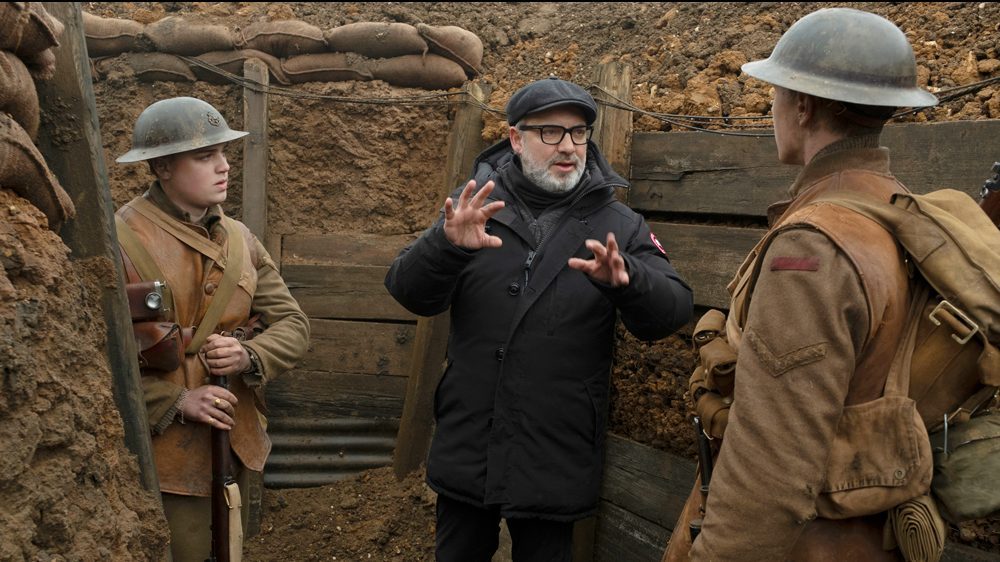
“1917” isn’t just a movie, it’s an experience and probably the most personal and intimate World War movie that exist. It’s the ultimate prize for people who are in love with the art of filmmaking. Eventhough the events of the movie thankfully lay in the past, Sam Mendes’ astounishing direction causes to have the viewer on the edge of their seats and be right in the middle of the story, which turned “1917” into a breath of fresh air, which concept was quite simple, but felt so unique thanks to the people who worked on it. It’s nothing more than the prime example when it comes to War movies – a story for the ages and an technical achievement for the history books.

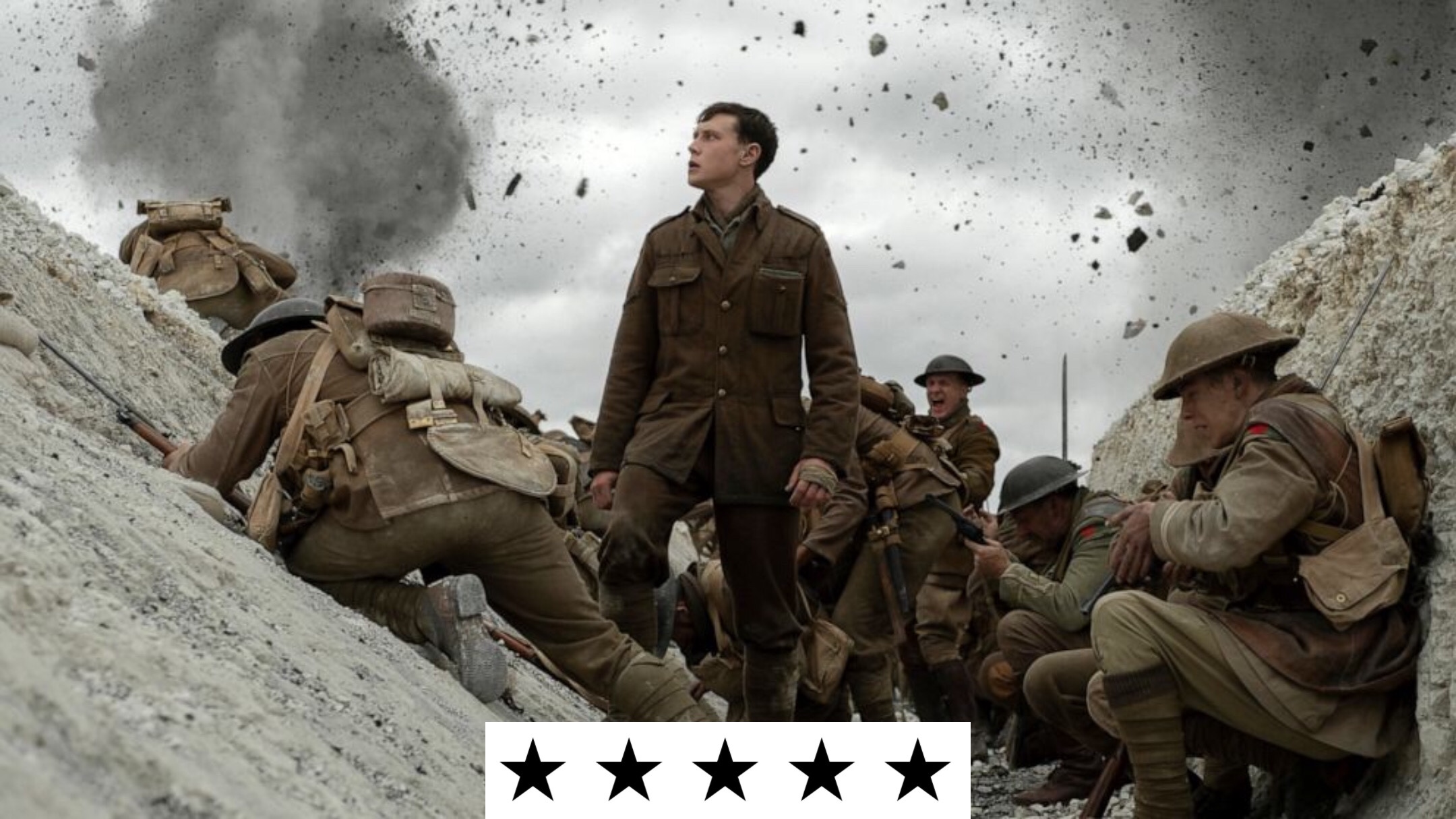
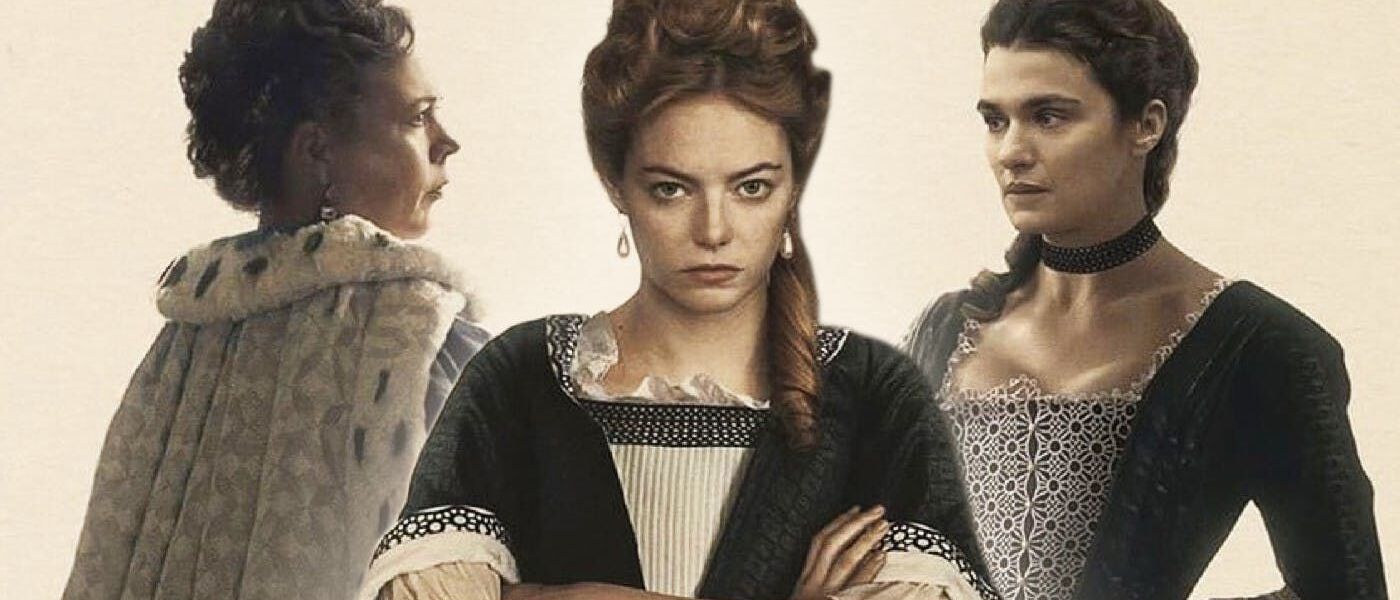
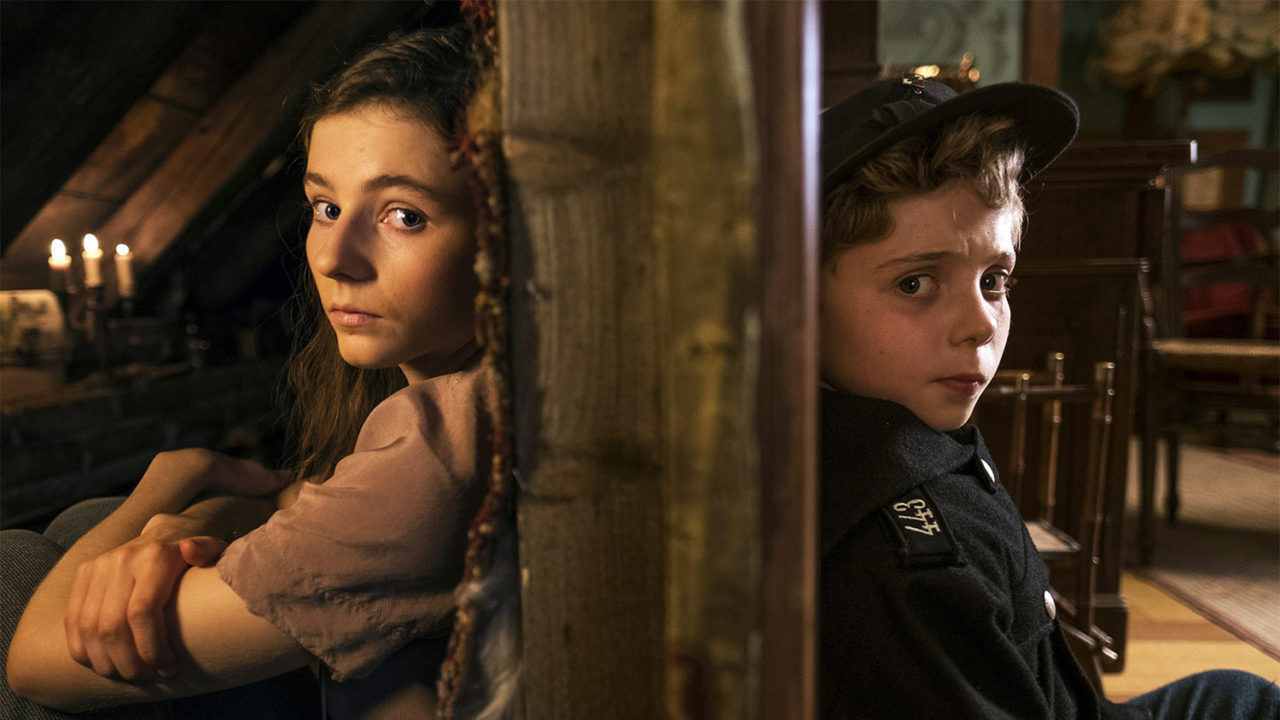
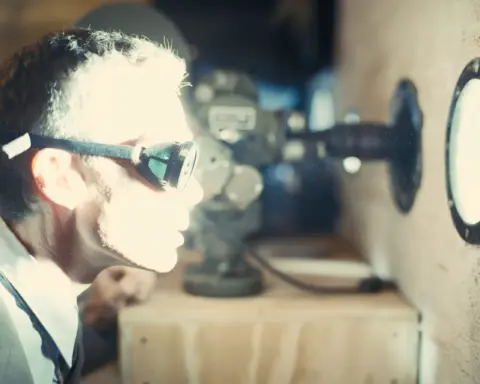
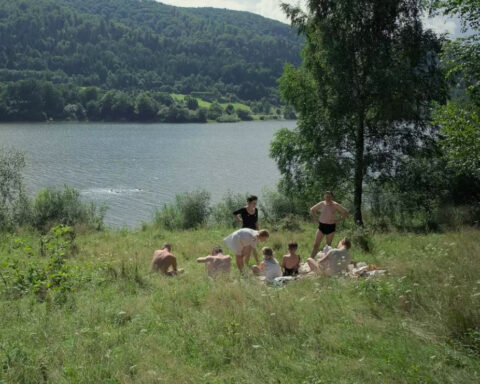



This makes me even more excited to see this movie! Thank you for this detailed, captivating and well written review!
I want to to thank you for this great read!! I absolutely loved
every little bit of it. I have you bookmarked to check out new things you post…